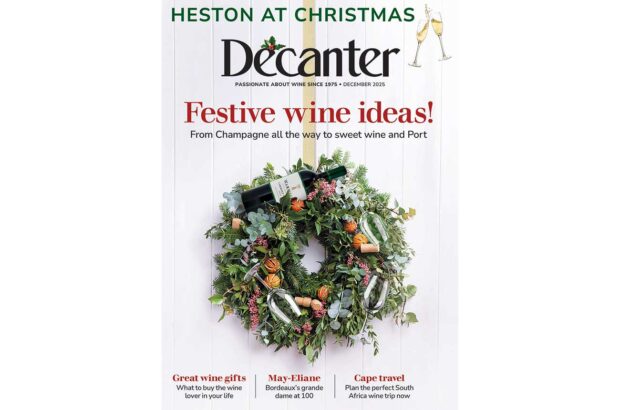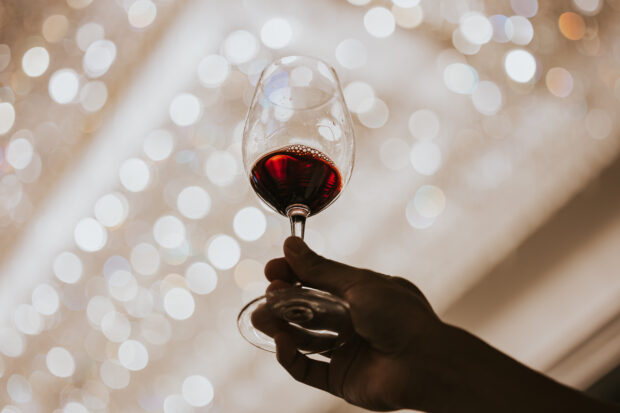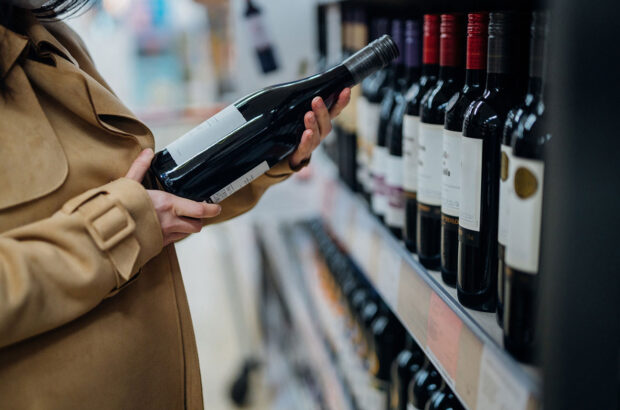Ahhh rosé, the favoured wine genre amongst Etsy T-shirt purveyors and the summer-specific contingency of Nantucket. While the stuff is, in theory, nothing more than a (pink!) wine made using red grapes with a shorter maceration than your standard red wine (less time on the skins), its reputation indisputably precedes it.
In short, it’s become something of a cultural punchline, a passé slogan on coffee mugs and athletic wear hawked at your local Marshalls, the primary subject of ‘rosé all day’ merch of all formats (and I mean ALL FORMATS).
But… has rosé lore gone so far as to render the stuff gauche and undrinkable among certain demographics?
Has it come full circle as an ironic order?
Is the Sag Harbor population’s devotion fervent enough to carry the country’s rosé consumption alone?
Well, for one thing – contrarian discourse aside, people are still drinking rosé.
‘As Trump’s Tariffs Hit, Hamptonites Stockpile the Essentials (Rosé, Rosé, and Rosé)’, reads a Vanity Fair headline from May. ‘Oh yes, Provence rosé is moving,’ says a friend who works as a seasonal sommelier at a high-end Italian restaurant on none other than the island of Nantucket. Rather, it seems that young people – those who have been uniquely inundated with rosé marketing – both on social media and in the flesh – seem to be the ones abstaining.
Now, if I’m being perfectly frank – and please don’t crucify me – I tend to forget about rosé.
In New York, rosatos and chilled reds have come to replace the rosé subheadings on many a bar or restaurant list. Regrettably, the proliferation of ‘But first, Rosé’ gym tank tops and coffee mugs out there has effectively wrung ‘rosé’ from my immediate consciousness. Then again, the aforementioned signifiers are arguably… rosé.
‘It’s hard for me to track when I stopped drinking rosé precisely, but I think it happened when I noticed that summer water wasn’t just a funny thing we said while cheers-ing but an actual wine brand on a shelf,’ a friend wrote me via Instagram DM in response to a ploy for takes on this summer’s state of the union re: rosé. ‘So yes, I think we all-day-roséd ourselves out.’
Then again, conflating the marketing with the product is a shallow predilection at best (one shouldn’t judge a wine by its corresponding bumper stickers, etc). So, as we perch on the precipice of summer, perhaps it’s time the pendulum swung back in the other direction.
There are, of course, a few factors to consider here. For one thing, it’s worth mentioning that bad rosé is bad rosé, just like bad wine is bad wine (not to yuck anyone’s yum).
Moreover, the spectrum of wines that fall under the broader umbrella of rosé is quite robust. ‘Oh, you mean the original chilled red?’ an industry friend wrote in response to my prompt for rosé stances. ‘Depends what you mean by rosé,’ several others commented. ‘I’m so over Provencal rosés,’ another handful offered, in one phrasing or another.
‘A few years ago, orange wine started gaining popularity. Especially in the natural wine world, it became the new cool thing, and rosé lost some ground,’ adds Marguerite Cheze, brand ambassador with Aix-en-Provence (rosé) producer, Château la Coste. ‘But now, we’re seeing rosé return with a new energy. Smaller, craft producers are reshaping the category, moving away from the mass-market image and bringing authenticity back in.’
That’s just the thing: The version of diluted, fleshy pink, script-labelled rosé embroidered onto many a trucker hat is not entirely representative of the category writ large.
Moreover, I’ll be the first to admit that a Provence rosé can be blissfully structured, balanced, and delicious paired with food – even if it’s not necessarily what captivates me most right now. Not all are mass-produced, sinfully sweet or utterly forgettable.
‘I personally feel the “rosé bubble” burst in 2021,’ says Matthew Dennie, chief operating officer at importing company, Cape Classics. ‘To us, the big shift and opportunity in rosé has been in speaking about it as actual wine. What are the production methods? What makes it unique from a terroir and stylistic standpoint?’
Right now, I’d like to talk about rosés from Tavel; dark, salty rosés and rosatos from Etna; more astringent rosés from Burgenland – these are all indisputably compelling to me, and not just seasonally.
Which is to say, I, myself, am guilty of the very phenomenon that seems to be plaguing folks with regard to rosé right now: I’ve developed an allergy to the signifier.
With that in mind, I can all but guarantee it: We are drinking rosé this summer – even if it’s rosé by any other name.
Even if it’s not exclusively Provence-derived.
Even if there’s no ‘ALL DAY’ clause tethered.







